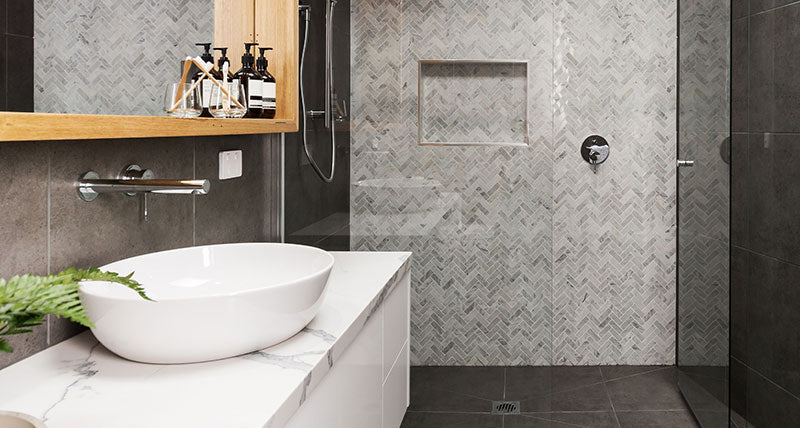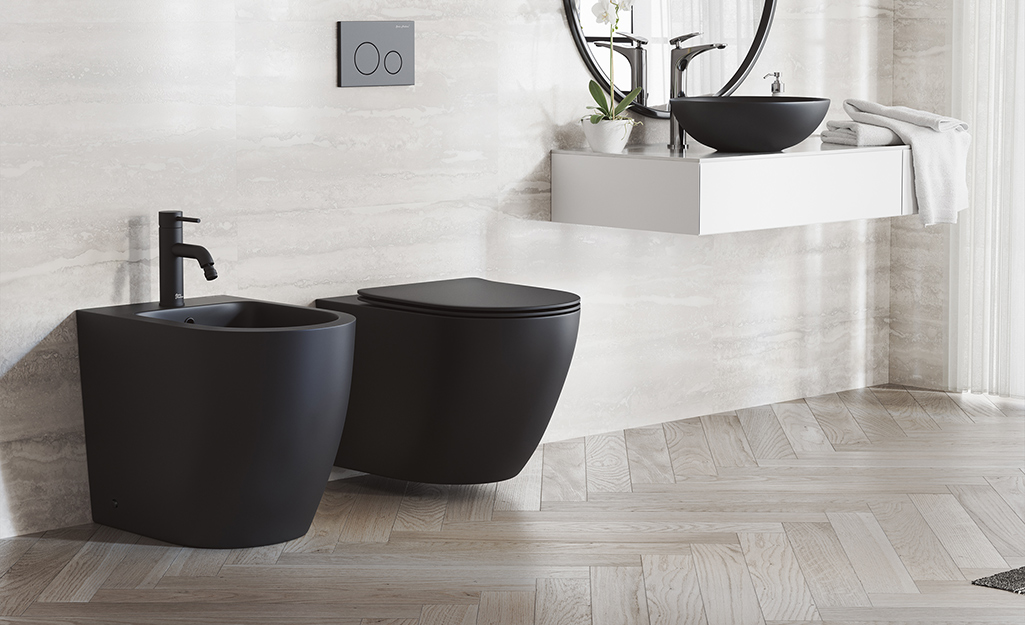
How to Troubleshoot a Low-Flow Toilet Effectively for Tech Pros?
Share
As technology continues to redefine our lives, even our household fixtures, like toilets, have evolved to be more efficient and eco-friendly. Yet, tech professionals and enthusiasts who typically appreciate innovation may find themselves perplexed when their low-flow toilet doesnt perform as anticipated. This guide explores the nuances of troubleshooting low-flow toilets, providing effective solutions that resonate with a tech-savvy audience.

The Rise of Low-Flow Toilets
Low-flow toilets have surged in popularity due to their ability to conserve water. With a focus on environmental sustainability, these toilets are engineered to use significantly less water with each flush compared to traditional models. The Environmental Protection Agency (EPA) champions the adoption of water-efficient technologies within homes. To learn more about water-efficient toilets, be sure to check out the EPAs guide on residential toilets.
Understanding the Challenges
Although the advantages of low-flow toilets are evident, they can sometimes pose challenges for those accustomed to conventional systems. Frequent issues such as incomplete flushing, repeated clogs, or even leaks can be frustrating, particularly when the promise of efficiency seems unfulfilled. Approaching these challenges requires a troubleshooting mindset similar to debugging a software issue.
Identifying the Root Cause
The first step in troubleshooting a low-flow toilet is to pinpoint the root cause of the issue. Think of this process like diagnosing a technical malfunction. Consider factors such as water pressure, the age of the toilet, and the installation quality. A careful inspection can clarify whether the issue resides within the toilet itself or within the broader plumbing system.
Step-by-Step Troubleshooting Guide
- Check the Water Level: Verify that the water level in the tank meets the manufacturer's specifications. A low water level can lead to insufficient flushing.
- Inspect the Fill Valve: The fill valve regulates water flow into the tank. Ensure it is functioning properly and free of debris that might obstruct the flow.
- Examine the Flapper: This important component allows water to exit the tank. Look for any signs of wear that might prevent it from sealing correctly.
- Assess the Water Pressure: Sometimes, inadequate water pressure can be the root cause of the problem. Use a pressure gauge to test it; if the pressure is low, consider calling a plumber.
- Utilize Smart Tools: Embrace technology by using smart water monitoring devices to detect leaks and track real-time water usage.
For a deeper understanding of conserving water with your existing systems, you might find the toilet water usage reduction hacks helpful. This resource provides techniques for optimizing your toilet's efficiency.
When to Call a Professional
If your troubleshooting efforts do not yield results, it might be time to enlist professional help. Just like with complicated tech issues, sometimes expert intervention is necessary. A qualified plumber can give you a thorough assessment and address problems requiring specialized knowledge beyond simple DIY repairs.
Maintaining Your Low-Flow Toilet
Routine maintenance is vital to keeping your low-flow toilet operating efficiently. Basic practices like regularly cleaning the toilet, opting for eco-friendly cleaning products, and checking for leaks can extend its lifespan. Additionally, staying updated on the latest innovations in water conservation technology can empower you to make informed choices regarding future upgrades or replacements.
If youre a tech enthusiast keen on understanding more about the mechanics of low-flow toilets, the article on high-efficiency toilets offers insightful analysis on their functions and benefits.

Conclusion
Tackling a low-flow toilet issue requires a balance of technical insight and hands-on application. By systematically addressing the problems, tech professionals and enthusiasts can ensure their homes are both efficient and eco-conscious. Ultimately, the secret lies in understanding the system, identifying the issue, and applying the appropriate solutionjust like solving a technical dilemma.
FAQs
Q1: How can I tell if my low-flow toilet is leaking?
A: One simple method to check for leaks is to add a few drops of food coloring to the tank. Wait around 30 minutes without flushing; if color appears in the bowl, there is a leak.
Q2: Can I boost the water pressure in my low-flow toilet?
A: While you cant directly increase water pressure, ensuring that the fill valve and water supply line are clear can help optimize existing pressure levels.
Q3: Are low-flow toilets worth the investment?
A: Definitely! Although initial costs may be higher, the long-term savings on water bills and the environmental advantages make them a wise investment.
This article contains affiliate links. We may earn a commission at no extra cost to you.
